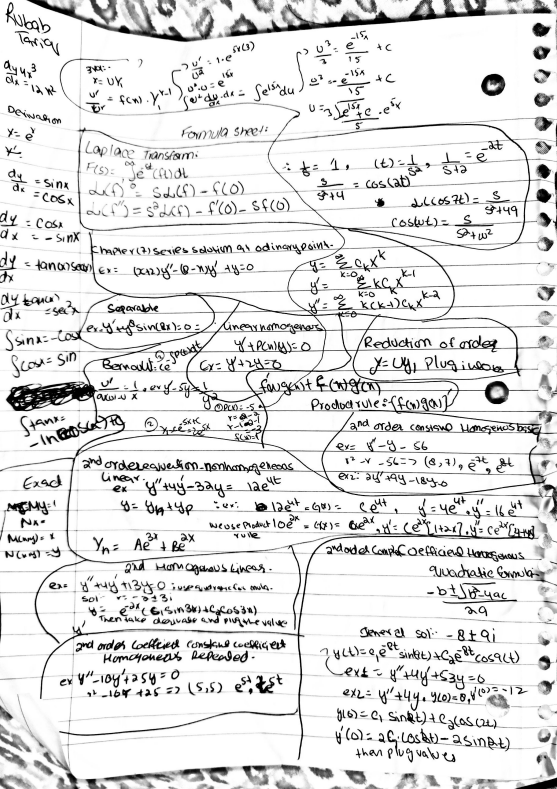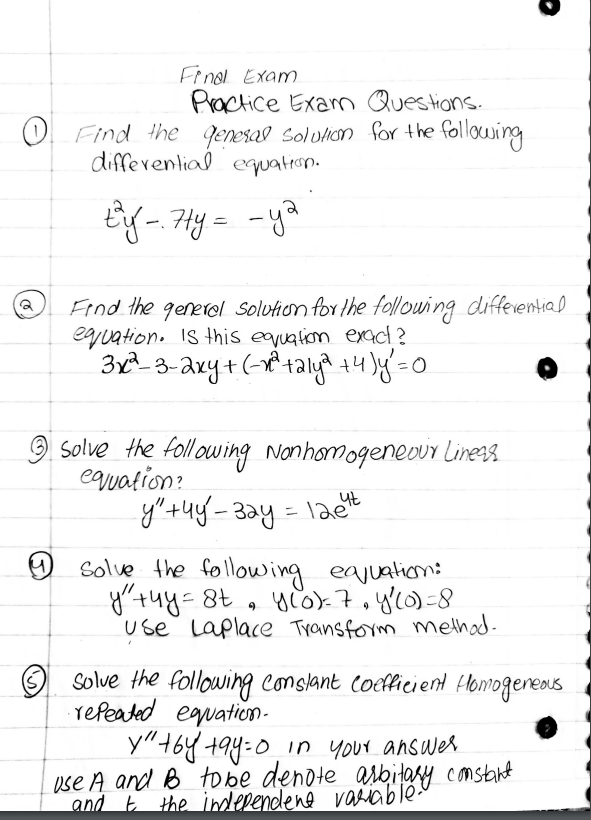
Author: Rubab Tariq (Page 1 of 5)
Rubab Tariq
Prof: Kate Poirier
Course: MAT 2680
Determining the Population Growth on the Food Supply
Every day the population on Earth is increasing by hundreds of thousands of people. The population growth rate as of 2020 is around 1.05%. A decrease from 2019 where it was 1.08% and in 2018 it was 1.10%. We have around 7.9 billion people living on Earth right now. This means the more people, the more houses, schools, jobs, restaurants and more will be needed as the population grows. All of these are important because the more people, the more space is needed to fit all of everyone. However, there is one thing that is very important besides space and that is the food supply. The more people that there are, the more water and food is needed for everyone to survive. We need three meals per person every day. That is a lot of food needed and that is something we cannot guess on. As the population grows more food is needed because of how fast the population grows it’s not so easy to make an assumption of how much food supply is needed to support the total population.
The two most basic models of population growth employ deterministic equations—that is, equations that do not take into account chance—to express the rate of change in population size over time. The first of these models, exponential growth, involves hypothetical populations that expand without any bounds. In the second model, known as logistic growth, there are restrictions on reproductive growth that get more severe as population size rises. Although they offer points of comparison, neither model completely captures natural populations.
Before we can see how much food is needed, we need to know how big the population is right now. There are many ways to find the population growth and see how much increase in the food supply will be, but the best way is with Differential Equations. In Differential Equations there are multiple ways to solve this type of question. There is Exponential growth that needs one population variable. This model is the rate of growth being equal to the separable size of the population. This model is incomplete. The equation is dP/dt = kP with P (0) = P0. Now, we would integrate the equation to get ∫dP/kP = ∫ dt —> P(t) =Aekt. In this case the A is derived from the constant of integration and can be found by using the initial condition. But there is another equation we will be using and that is the Verhulist model.[2] That is a logistic differential equation. This equation was published in 1845 by Pierre Verhulist. Verhulst had said the population growth will slow down when the population is large because of limited resources.
The amount of resources available determines how large of a population there can be.
The equation is dP/dt = rP(1 – P/K). [3] The “K” represents the carrying capacity for one set of population in the given environment. The “r” is a real number that represents the growth rate. P(t) represents the populations as a function at a time. P0 is the initial population. This differential equation can be combined with the initial condition P (0) = P0 to form an initial value problem P(t).
The steps to solve a problem with growth Population using the logistic differential equation.
- First set the right-hand side equal to zero leads to P = 0 and P = K as constant solution. The first solution indicates the population will not grow because no organism will be represented. The second solution indicates the population starts at the carrying capacity, it will never change.
- Now rewrite the differential equation in the right form. dP/dt = rP (K – P)/K
- Multiply both sides by dt and then divide both side by P (K – P).
dP/P (K – P) = (r/K) dt
- Now multiplied K on both sides and integrate.
∫ K/P (K – P) dP = ∫ rdt
- Use partial fraction decomposition on the left side of the equation. K/P(K – P) = (1/P) + (1/K – P)
∫1/P + (1/K – P) dP = ∫ rdt
Ln|P| – Ln|K – P| = rt + C
Ln|P/K – P| = rt +C
- Now eliminate the natural logarithms by using exponentiate on both sides.
eLn|P/K – P| = ert + c |P/K – P| = eC* ert.
- C1 = eC So the equation will be
P/K – P = C1 ert.
- To solve this equation, move all the Ps on the left side. Start off by multiplying K – P on both sides.
P = C1 ert(K – P).
= C1 Kert – C1 Pert
P + C1 Pert = C1 Kert
- Try and remove the factors that are not P on the left side.
P(1+C1 ert ) = C1 Kert P(t) = (C1 Kert)/(1+C1 ert ) 10. Now solve for C1.
P/K – P = C1 ert )
P0/ K – P0 = C1 er(0)
C1 = P0/ K – P0
- Now substitute the expression C1 into the equation.
P(t) = (C1 Kert)/(1+C1 ert ) = (P0/ K – P0)Kert /1 + (P0/ K – P0) ert
- Now multiply the numerator and denominator of the right-hand side by K – P0 and then simplify.
P(t) = (P0/ K – P0) Kert/1 + (P0/ K – P0) ert * (K – P0)/(K – P0) = (P0Kert )/(K – P0) +
P0ert.
This is how you would take the Verhulst model and solve the growth population by food supply. We will use this equation and follow the steps to see the food supply needed. This equation will tell us how big the population is. Once we know that we can finally see how the food supply will grow. We cannot determine the food supply growth without determining the population growth.
Reference:
. [1].https://www.worldometers.info/world-population/#:~:text=Population%20in%20the%20worl d%20is%20currently%20%282020%29%20growing,late%201960s%2C%20when%20it%20was %20at%20around%202%25.
[2]https://www.projectrhea.org/rhea/index.php/Malthusian_Doctrine:_Population_Growth#:~:tex t=Verhulst%20claimed%20that%20as%20population,population%20the%20environment%20can %20support.
[3]https://math.libretexts.org/Courses/Monroe_Community_College/MTH_211_Calculus_II/Cha pter_8%3A_Introduction_to_Differential_Equations/8.4%3A_The_Logistic_Equation#:~:text=D efinition%3A%20Logistic%20Differential%20Equation,-Let%20K%20represent&text=dPdt%3 DrP(1%E2%88%92PK,problem%20for%20P(t).





Recent Comments